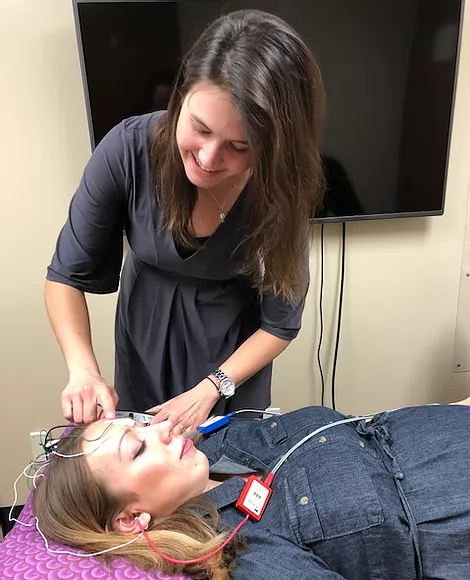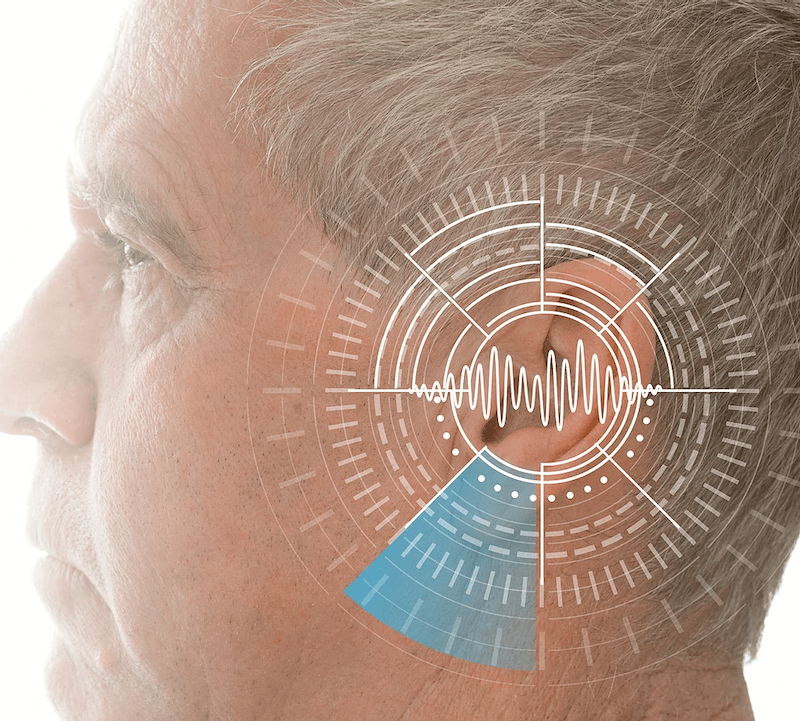Comprehensive Audiological Evaluations
Real Ear Verification
A comprehensive audiological evaluation is performed to assess the condition of your outer/middle/inner ear. It is meant to determine the degree and type of hearing loss, if present. It also evaluates your ability to understand speech in quiet and in the presence of background noise.
Your audiological evaluation will be conducted in a sound-treated booth and will consist of several portions:
- The initial step of your evaluation will consist of your audiologist performing a visual inspection of your ear canals (otoscopy) to assess the condition of your ear canals and your eardrums (tympanic membranes).
- The second step is to assess the mobility of of your eardrum (tympanometry) as well as the function of the stapedeus muscle in your middle ear through the use of acoustic reflex testing.
- Otoacoustic emission testing may be performed to evaluate the functional status of hair cells within your inner ear (cochlea).
- A measure of your hearing sensitivity will be determined as you respond to tones at different frequencies and intensities. Results are plotted on a graph, referred to as an audiogram.
- A very important portion of testing involves measuring your ability to understand speech. The score obtained can help us understand the severity of your hearing loss and help establish appropriate expectations regarding hearing aid performance.

Auditory Brainstem Response (ABR)
An Auditory Brainstem Response (ABR) evaluation is a test of the function of the auditory nerve and its pathways to the brainstem. During the test, you will have electrodes placed on your forehead and earlobes. You will be asked to lie down and relax while listening to a repetitive click stimulus. You will not be required to respond. The electrodes will collect data as the signal is transmitted along the auditory nerve to your brainstem. This test is often used to screen for lesions along the auditory nerve or other retrocochlear disorders.

